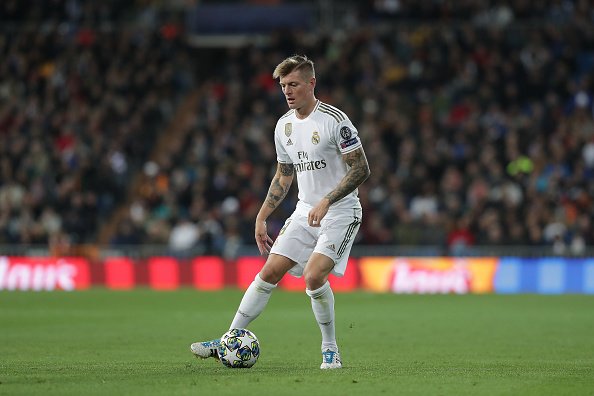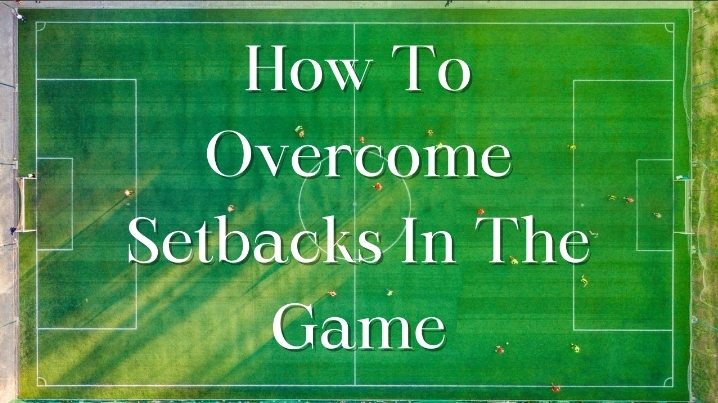Soccer is a physically demanding sport. To perform at the highest levels, players need more than just skill with the ball. You need the strength, speed, endurance, and power to outplay opponents and avoid injuries. That’s where soccer conditioning comes in.
Proper conditioning builds a fitness base that gives players a competitive edge. It develops the physical capacities required on the pitch – acceleration, jumping ability, aerobic fitness, and muscular strength. Players who neglect conditioning often get fatigued earlier in games. Their weaker bodies break down more easily under pressure.
For youth players with aspirations of going pro, conditioning is even more critical. It helps develop athleticism during the key growth phases. With smart training, young players gain transferable skills that improve performance and prevent injuries down the road.
So what are the main fitness components soccer players need to develop? Here’s an overview:
- Speed – Linear sprinting and multi-directional speed. Essential for beating defenders.
- Power – Jumping ability and explosive strength to win headers and reactive speed.
- Endurance – Aerobic and muscular fitness to perform repetitively with minimal fatigue.
- Injury Prevention – Strength in muscles and joints to withstand heavy loads and impacts.
Building these physical capacities doesn’t happen overnight. It requires following a tailored, periodized conditioning program over months and years. But with consistency, the payoffs on match day are huge.
Customized Training Based on Playing Position
Soccer requires a wide range of movements – sprinting, jumping, kicking, changing direction, and more. The fitness demands vary significantly based on playing position.
As a result, conditioning programs need to be tailored to each player’s needs. For example:
- Goalkeepers – Require explosive power for quick reaction saves, and lateral speed for covering the goal line. Exercises like lateral lunges, broad jumps, and medicine ball throws are ideal.
- Defenders – Need strength and endurance for repeated tackling. Prioritize exercises like squats, deadlifts, and weighted carries. Focus on hip and shoulder strength to withstand contact.
- Midfielders – Require the most all-around fitness given their box-to-box running. Prioritize aerobic endurance along with power and speed. Extensive running, sprints, and plyometrics help cover ground tirelessly.
- Forwards – Rely on acceleration and vertical leap to beat defenders. Training should improve first-step quickness and jumping height. Plyometric jumps, Olympic lifts, and resisted sprints pay dividends.
The bottom line is that training programs must align with the specific demands of each position. Even within positions, tailor programs to capitalize on individual strengths and improve weaknesses. This allows for optimal performance and injury resilience.
Now let’s look at how strength training in the gym translates to the pitch.
Functional Strength Training in the Gym
When it comes to soccer conditioning, proper strength training is a must. However, there are some common misconceptions about lifting weights.
Many worry that too much gym training will make players slow or overly muscular. But these are myths stemming from outdated training styles.
When programmed correctly, strength work provides huge performance benefits on the pitch. It develops muscular fitness to repeatedly perform key soccer actions with precision and power.
The key is focusing on functional strength – training movements that directly translate to match play. This means prioritizing the legs, core, and metabolic conditioning.
Here are some best practices for soccer players lifting weights:
- Focus on multi-joint exercises like squats, deadlifts, and cleans. These build overall strength.
- Include unilateral moves like split squats and lunges. Most soccer actions use one leg.
- Train core stability and rotation for power transfer and injury prevention.
- Do some upper body training like push-ups and rows. This helps with sprinting mechanics and physical battles.
- Use moderate loads, higher reps, and short rest periods. This increases muscular endurance.
- Focus on speed of movement. Lifting explosively mimics soccer’s dynamic nature.
Properly programmed gym training makes players more robust and athletic. It provides the strength base to excel in every aspect of the game. Players should embrace lifting as a tool, not avoid it.
Now let’s look at structuring training for a season.
Follow a Structured Program Year-Round
To maximize gains from training, soccer players need to follow structured conditioning programs year-round.
During the off-season, focus on building strength, power, and aerobic capacity with higher intensity. This is when most fitness improvements happen.
In-season, shift to maintaining attributes developed earlier. Use lower volume to avoid fatigue that could negatively impact matches.
Most players should train 2-5 times per week depending on their level and schedule. Each session should have a specific focus like speed, strength, or metabolic work.
A few key principles for structuring programs:
- Use periodization to peak for key moments. Vary training phases and intensity over the yearly plan.
- Progressively overload by increasing volume, intensity, or exercise complexity over time.
- Allow proper recovery between sessions to absorb training. 1-2 days off per week.
- Prevent overtraining by managing load and listening to your body. Some soreness is normal.
With a scientific plan that leverages principles like progression, variation, and specificity, players will gain fitness synergies from every training session. This sets the stage for excelling during the season.
Now let’s look at effective ways to test and monitor progress.
Test, Track, and Set Goals
To get the most out of training, players need to regularly test their fitness and set specific goals for improvement.
Here are some useful tests to establish a performance baseline:
- Speed – 40-yard dash, flying 20m sprint. Time with a stopwatch.
- Endurance – Beep test, 2-mile run. Measure maximum distance/level.
- Power – Standing vertical jump, broad jump. Test height and distance.
- Agility – Pro agility drill, shuttle run. Time yourself moving laterally.
Testing key attributes every 4-6 weeks provides metrics to quantify progress. Numbers don’t lie – they give concrete proof that training is working.
After establishing baselines, set goals for improvement. For example:
- Improve 40-yard dash from 5.1 to 4.9 seconds
- Increase beep test from level 10 to level 12
- Add 2 inches to vertical jump height
Quantifiable goals provide motivation and accountability. Players know exactly what they are training for and can track gains.
For optimal results, perform tests under the same conditions. Take measurements regularly to gauge progress. Proper testing and goal-setting will accelerate your conditioning program.
Now let’s look at a sample weekly training plan.
Sample Weekly Conditioning Plan
Putting together an effective soccer conditioning program requires an intelligent training structure. This ensures players develop all physical capacities while avoiding overtraining.
Here is an example week of conditioning for a youth player with access to a gym:
Monday
Lower Body Strength – Back squat, trap bar deadlift, calf raises
Tuesday
Metabolic Conditioning – Shuttle runs, hill sprints
Wednesday
Upper Body + Core – Bench press, pull-ups, planks
Thursday
Speed and Agility – Ladder drills, short sprints, cuts
Friday
Lower Power – Box jumps, depth jumps, jumps squats
Saturday
Active Recovery – Light jog, dynamic stretches
Sunday
Rest
Of course, this will vary based on access to facilities, coaching, and equipment. But using a mix of strength, power, speed, and metabolic work provides a balanced program.
The key is tailoring sessions to your needs, listening to your body, and allowing proper rest. This stimulates maximum adaptation without overtraining.
Extra Conditioning Tips for Players
Here are some additional tips to maximize your conditioning program:
- Properly warm up and cool down before/after sessions to prepare muscles and aid recovery.
- Focus on technique even during intense training. Quality over quantity.
- Follow a nutritious diet with enough calories, protein, and healthy carbs to fuel training.
- Ensure sufficient sleep for muscle repair and recovery. Minimum 8 hours per night.
- Use online resources like YouTube and apps to learn new exercises if no coach is available.
- Vary your training. Add new exercises and challenges to avoid plateaus.
- Listen to your body and take time off when needed. Some muscle soreness is expected, but pain means stopping.
The bottom line is soccer excellence requires training excellence. Skills are useless without the required athleticism to apply them. With smart, structured conditioning, players will gain the fitness to shine on match day and reach the next level.
So embrace conditioning as a tool to elevate your game. The work isn’t always fun, but the results on the pitch make it all worthwhile. Just take it step-by-step, trust the process, and amazing things will happen. Now stop reading and go train!
Read More: 9 Must-Learn Soccer Drills for Beginners
Author







